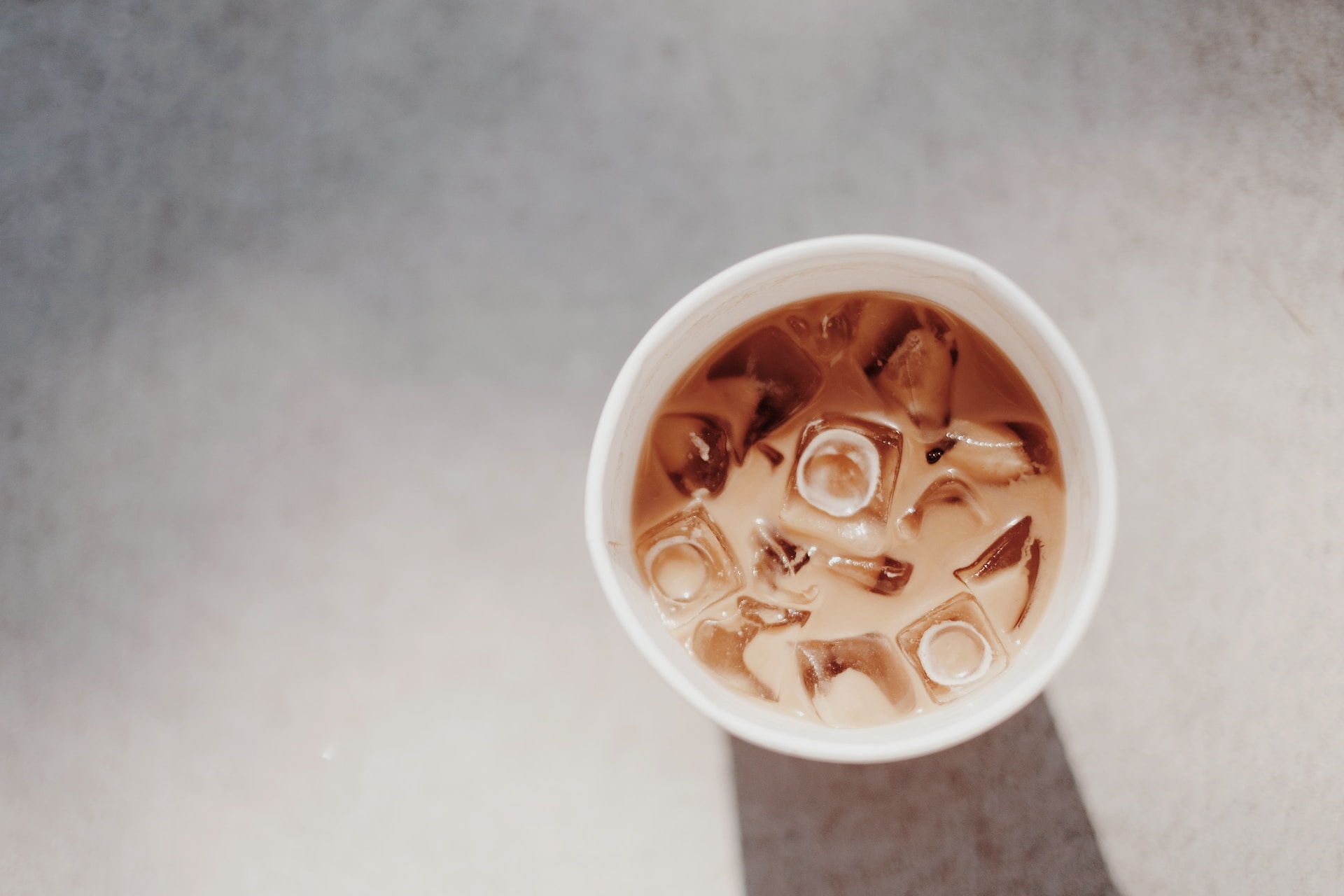As much as we love a classic cup of freshly brewed coffee, there is no question that cold coffee and espresso drinks hit the spot. Delicious and refreshing, cold coffee and espresso drinks are a fan favorite. Yet, the names of all these
An iced cappuccino and iced latte look similar in appearance, causing them to frequently be confused with one another. But these two drinks are a bit different in their taste and how they’re made. Let’s break down the difference so you’re prepared for your next coffee order.
Iced cappuccino vs. iced latte
An iced cappuccino is a cold coffee drink made of equal parts espresso, milk, and milk foam. In comparison, an iced latte is made from a much larger amount of steamed milk atop espresso. Due to the equal parts of all the ingredients used in an iced cappuccino, a cappuccino has a stronger, more espresso-focused taste. On the other hand, an iced latte has a creamier, milder, and milkier flavor and texture.
Not only are these two drinks different in their creaminess, but they sometimes also differ in the type of milk used. An iced latte is usually made with frothed milk, whereas an iced cappuccino is sometimes made with steamed milk. The use of steamed milk in an iced latte results in a smoother and creamier coffee drink. How your latte is made will depend on where you order it from.
When ordering these drinks at a coffee shop, both can be customized to your taste buds. Either drink can be enhanced with a sweetener or flavored syrups added. Some coffee shops will also offer milk alternatives that are dairy-free or plant-based to adhere to specific dietary guidelines.
Making iced espresso drinks at home

You’ll need an espresso maker and some milk to attempt making either of these cold espresso beverages at home. This easy iced cappuccino recipe requires minimal barista skills and takes only a few minutes.
Ingredients
- Shot of espresso
- Pinch of cinnamon (optional)
- 6-8 ice cubes
- 80 ml cold milk
- Sweetener or flavored syrups (optional)
Method
- Brew a shot of your favorite espresso and add ice cubes to a glass.
- Pour espresso over ice and stir it well.
- Using a hand-held mixer or milk frother, froth the milk in its glass.
- Pour frothed milk over the espresso. Top with cinnamon (optional) and enjoy!
Rather attempt a creamier drink? Try this simple iced latte recipe!
Ingredients
-
1 cup ice
-
4 oz espresso
-
3/4 cup whole milk
-
Sweetener of choice (optional)
Method
- Fill a tall glass with ice and pour freshly brewed espresso over it.
- Pour milk and sweetener (if desired) into a mason jar. Seal tightly and shake to create a frothed effect.
- Add the milk foam on top of the espresso, and enjoy!
Choosing your cold coffee order
Both the iced latte and iced cappuccino are excellent coffee orders for a boost of energy and a refreshing sip. However, which to order depends on what you’re in the mood for. If you’re looking for a creamier, more indulgent drink, opt for the iced latte. Yet, if you want something with a stronger coffee flavor, an iced cappuccino might be the better drink order for you.






